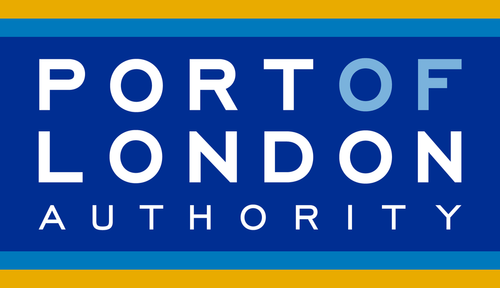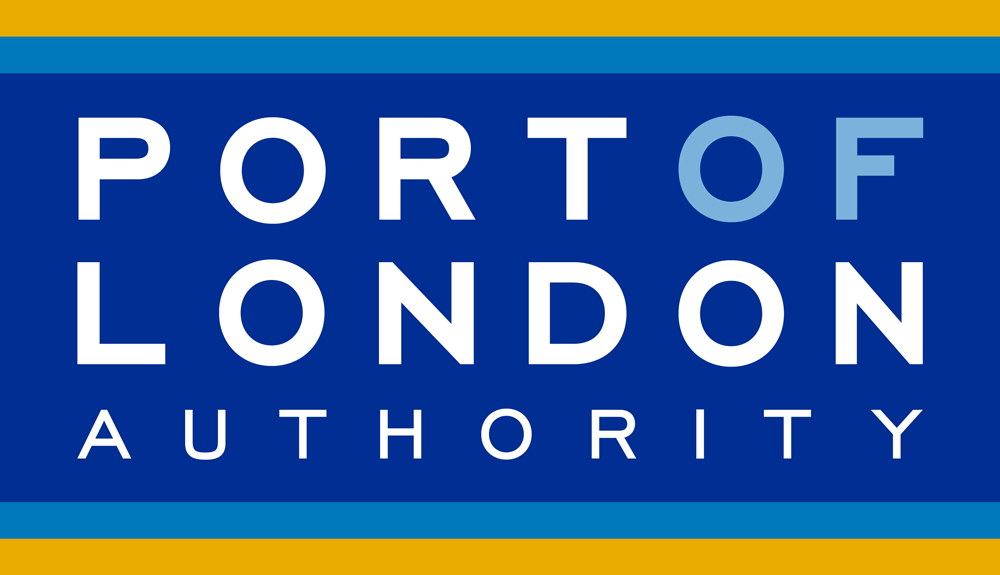Live Tides
NOTICES TO MARINERS
Charts & Surveys

Incident reporting
Life-threatening emergencies on the river:
Call 999 and ask for the Coastguard
For near miss, safety observations and incident reporting click below

Maritime Hydrogen Highway
Between 2021–2024, we led a landmark £1.2 million programme to explore how we could produce, transport and maximise the use of hydrogen to create a greener maritime sector. This was funded by Maritime Research and Innovation UK (MarRI-UK) and supports the Government’s long-term vision outlined in Maritime 2050.
The programme looked at every part of the supply chain, from safe offshore production and shipping to port handling and refuelling. Together, we explored how we can power the maritime sector with clean fuel in smarter, safer, and more cost-effective ways.
We found that green hydrogen has real potential to help reduce emissions from maritime and land transport. Taking advantage of renewable energy, hydrogen can be produced offshore using UK-owned floating wind farms, transported using existing infrastructure, and used to power everything from ships to HGVs. What’s more, it could generate significant savings and be produced at about half the cost of other sources of hydrogen.
Explore the programme
Use the interactive graphic below to discover key findings and innovations from the Maritime Hydrogen Highway project.
While the technology is ready, changes to regulation will be needed to catch up with and reflect the possibilities related to the use of hydrogen. It is possible that further regulation will be required to support and safeguard the transportation of hydrogen.Open graphic in new window
If you would like more details about any of the projects, please contact [email protected].
Project partners
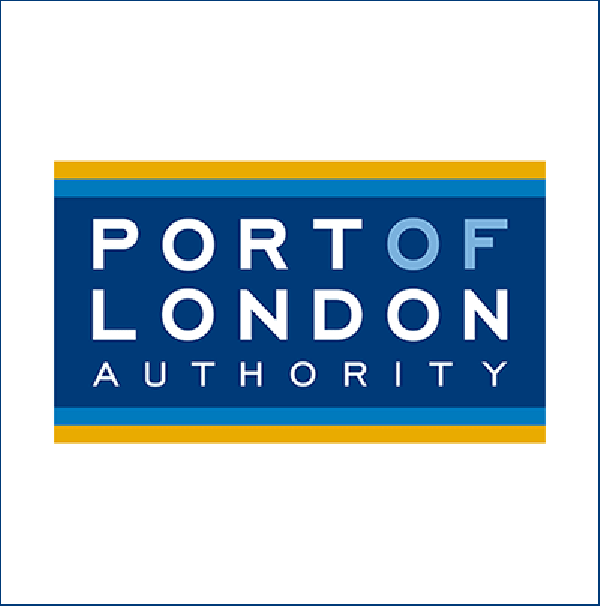
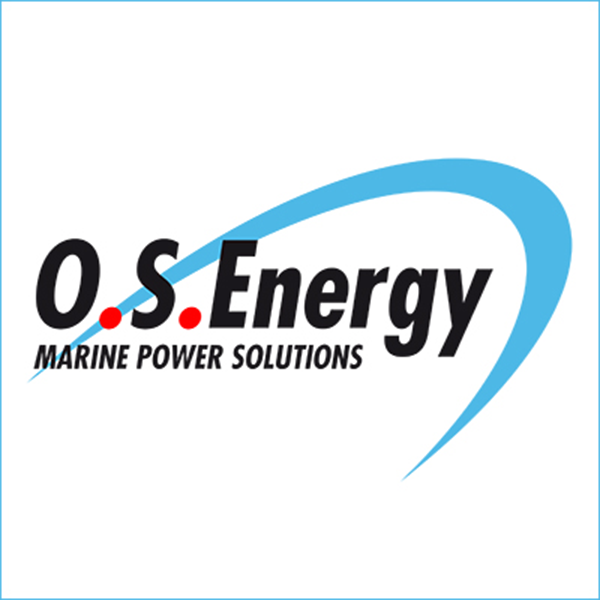





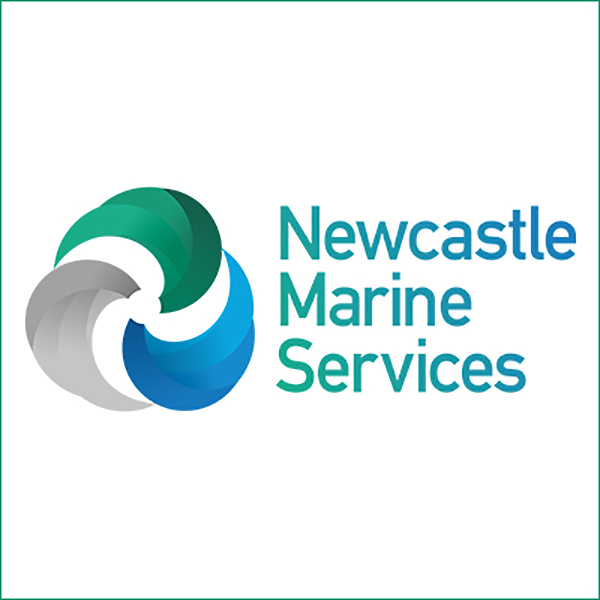
Partnership Work
The Maritime Hydrogen Highway was made up of seven connected projects, worked on by 8 partners.
Together, the partners brought a unique mix of academic research, technical knowledge and real-world maritime experience to explore the full potential of hydrogen for the UK’s ports and waterways. Maritime Hydrogen Highway: the connected projects
This project mapped locations along the Thames to assess their suitability for handling hydrogen.
It looked at safety, capacity, and site-specific constraints to understand how hydrogen could be integrated into existing operations.
A case study focused on Cory, a leading recycling and waste management company, exploring how hydrogen could be transported by water into the heart of London. This helped identify how to move hydrogen from offshore production sites into urban areas by vessel, reducing emissions and easing road congestion.
Supporting partners: University of Strathclyde, OS Energy, Port of Blyth, Port of Milford Haven, ORE Catapult
This project focused on understanding how existing ports could adopt autonomous maritime solutions while managing hydrogen safely and efficiently.
The team conducted a comprehensive review of smaller ports and transitional areas, looking at opportunities and assessing the infrastructure needed for autonomous vessels and port equipment, and how they could fit into the current operations of UK ports.
The findings were pulled together into a roadmap framework that sets the stage for hydrogen’s widespread adoption by helping ports get ready for the cleaner, smarter maritime future.
Supporting partners: Maritime Hydrogen Highway consortium
This project explored how hydrogen fuel cells could be used to power vessels while berthed, cutting out the need for diesel generators and reducing local emissions.
Key insights from the project include:
Cleaner air, lower emissions: Hydrogen fuel cells can significantly reduce greenhouse gas emissions and improve local air quality compared to diesel-powered systems.
Location matters: Choosing the right site is essential. The trial highlighted key logistical and safety factors that need to be considered for future deployment.
Engagement is key: Strong collaboration with vessel operators and port stakeholders is critical to ensure successful implementation and uptake.
Regulatory hurdles: The project uncovered important lessons about the regulatory landscape, licensing challenges, and operational complexity involved in integrating hydrogen systems at ports.
Supporting partners: OS Energy, Newcastle Marine Services Ltd, ORE Catapult
This project focused on designing modular, offshore platforms that can generate hydrogen at sea, integrating offshore wind energy with hydrogen production and storage.
The project explored two main designs for hydrogen production offshore:
- Retrofitting existing offshore platforms - This approach adapts existing oil and gas platforms near offshore wind farms to support hydrogen production.
- Floating platforms for deeper waters - A more flexible, scalable design for floating platforms that can be deployed further out at sea, taking advantage of the UK’s growing offshore wind industry.
Both designs were tested for their ability to produce, store, and transport hydrogen safely and efficiently. This research helps to establish a clear pathway for producing green hydrogen at scale, using offshore wind to fuel the UK’s transition to cleaner maritime transport.
Supporting partners: PLA, Port of Blyth, Port of Milford Haven, UK Major Ports Group, British Ports Association, City of London Corporation, Cory Group
This project focused on developing a practical business case and economic model for hydrogen delivery, ensuring that it’s both cost-effective and scalable.
The team created a supply chain and distribution network design for the delivery of hydrogen to end-users, including ports, shipping companies, and transport providers. The aim was to reduce costs and maximise efficiency, helping businesses adopt hydrogen as a clean fuel while ensuring a return on investment.
By using the Thames as a test case, the model looked at how hydrogen could be transported by vessel into London and the South East. The project also assessed the economic and social benefits, such as job creation, local economic growth, and the positive impact on public health.
Supporting partners: University of Strathclyde, Newcastle Marine Services Ltd
This project looked at the development of autonomous vessels to transport hydrogen.
In March 2024, a successful demonstration proved that hydrogen-powered Autonomous Network Transport at Sea (ANTS) ships can transport hydrogen from offshore platforms to ports. These vessels can autonomously navigate, dock, and unload hydrogen containers at port terminals, eliminating the need for traditional, manual operations.
This design for autonomous ships is focused on creating a sustainable, emission-free solution for short-sea transport. The project also introduced a new approach to berthing, using cutting-edge predictive control technology to guide ships safely and efficiently into port.
This project focused on identifying and addressing potential safety hazards in transporting hydrogen.
The team developed a safety framework that helps ports, terminals, and local councils manage the risks associated with hydrogen transport, making it easier for maritime operators to assess safety risks and apply the necessary safeguards.
The work also explored how hydrogen could be safely stored onboard ships and in ports, as well as the best ways to manage ship-to-shore transport, bunkering and refuelling.
Discover

